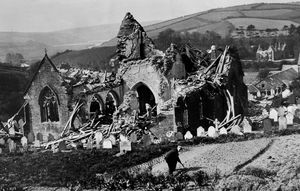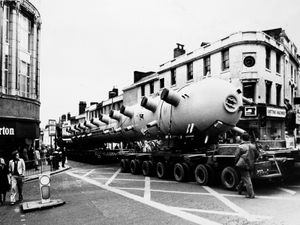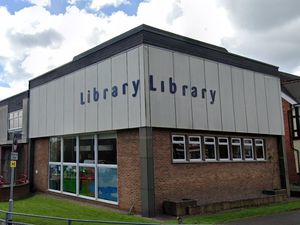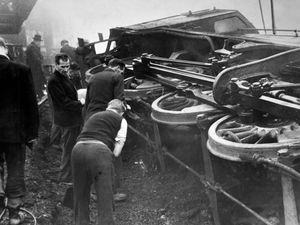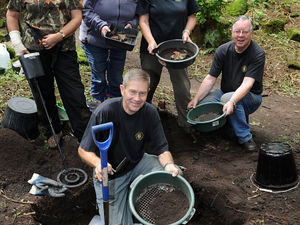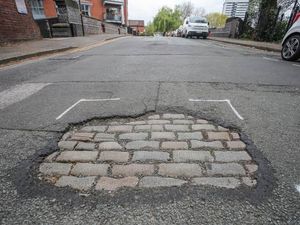Censored photo records start of Birmingham Blitz
For Brummies, the war came to their doorstep in this month in the dark days of 1940.
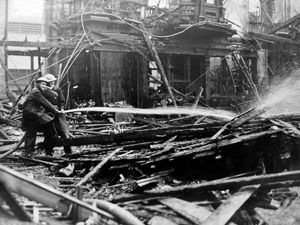
And a delve in our archives has come up with a disturbing picture for which we warn you, you weren't supposed to see it.
It captures the moment, or rather the fateful night, when the Luftwaffe bombed the city centre for the first time.
It was considered so sensitive that our original print has a wartime censor's stamp saying NOT TO BE PUBLISHED.
Taken by an Express and Star photographer, it shows firefighters damping down in the shell of Birmingham's Market Hall which had been showered with incendiary bombs and burned out.
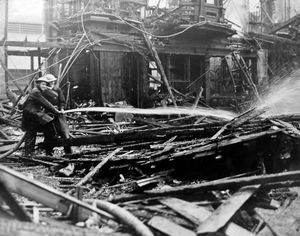
The air raid on the night of August 25 and 26, 1940, was the first on the city centre, the first of many. That first raid claimed 25 lives.
According to Historic England the Market Hall dated from the 1830s and remained as an empty shell. It still operated roofless for small exhibitions and open markets until it was demolished in 1963 as part of the Bull Ring Centre development.
And while we have been furtling in the Star's picture collection, and on the subject of the Blitz, we'll serve up another couple, one of which throws up the surprising fact that one of the cities to be bombed by the Luftwaffe was Dublin – the capital, of course, of a nation that was neutral in the Second World War.
The bombs fell in the North Strand area of the city in May 1941 and caused much destruction and the loss of nearly 30 lives.
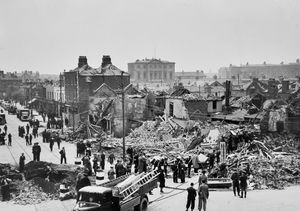
There were protests to the Germans after the raid, and long after the war reparations were paid. It seems likely that the bombing was the result of a navigational error, although there have been other theories.
Lastly, the end of the Blitz did not mean an end to the bombing, and after the nightly attacks finished in May 1941 there was a long-running campaign along the south coast in which German fighter bombers carrying single bombs would carry out tip and run raids.
Which brings us to our other picture, taken a little after an incident on January 26, 1943, when the village of Aveton Gifford (apparently pronounced "Awton Jifford") in Devon came under attack from Focke Wulf raiders flying at rooftop level. The medieval church received a direct hit, as did the adjoining rectory. A four-year-old girl evacuee was killed in the rectory.
